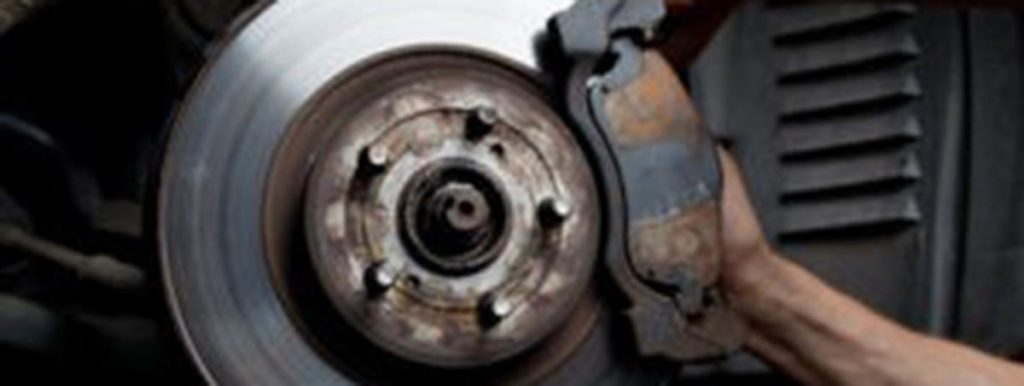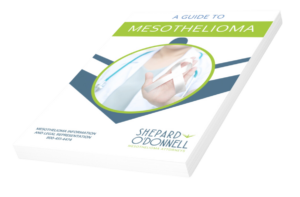Case Spotlight: The Auto Mechanic’s Wife
Written by: Shepard Law Firm Staff
When someone is diagnosed with an asbestos-related disease such as mesothelioma or lung cancer, they are often asked where and how they were exposed to asbestos. For people who did not work in asbestos-related industries or trades, it can be difficult to determine how they were exposed. This is often the case with women who have been diagnosed with an asbestos-related disease and were either housewives or worked in fields that did not have obvious exposures to asbestos-containing products.
When determining where a person (who had little or no direct exposure to asbestos) may have encountered asbestos fibers, attorneys often look to family members who lived with the individual for significant periods of time. Husbands and fathers of the sick individual often worked in trades that involved frequent contact with asbestos-containing products. Asbestos fibers from these products were then brought home on clothing and into the family home and car. Anyone washing the work clothing of individuals who frequently worked with asbestos-containing products was at an increased risk of developing an asbestos-related disease.
Our firm recently represented the family of a woman who never worked directly with any asbestos-containing products, and did not work in any commercial or industrial locations where asbestos products were present. In trying to determine how she may have been exposed, the occupations of her family members were explored. Her husband had worked for a number of years as a truck driver and mechanic and was responsible for performing brake and clutch jobs on the trucks he drove. She was responsible for washing the clothes he wore to work every day, clothes that transported asbestos fibers home and into her lungs.
Brake linings, clutch facings, and a variety of gaskets on automobiles contained asbestos until very recently. Brake linings were one of the last products to have asbestos removed from them, and asbestos-containing brake linings were sold as recently as 2001. When old brake linings and clutch facings were removed and replaced, the brake or clutch was often cleaned out with an air hose or cloth rag. The cleaning created a significant amount of dust, which the worker would breathe in and collect in his hair and on his clothing.

Many people want to ask the obvious question: how is it that the wife or other family member of the worker became sick and not the worker himself? The answer is that not everyone who is exposed to asbestos will develop an asbestos-related disease. Some people work directly with asbestos products every day for years and never get sick, while others develop mesothelioma with only limited exposure to asbestos. Additionally, the latency period for developing asbestos-related disease ranges from approximately 20 to 50 years. This means that most people who develop asbestos-related diseases don’t show any symptoms until decades after they were exposed.
If you or someone you know has an asbestos-related disease and did not work in industries that used asbestos containing products, it’s important to find a firm with extensive experience in investigating such scenarios. Shepard Law has extensive experience reviewing and gathering evidence to help determine the source of asbestos exposure for victims such as these. This experience is crucial because proper documentation and investigation strengthens a client’s case in the legal system. As always, if you suffer from an asbestos-related disease and believe that you have a case, contact us for a confidential consultation.

